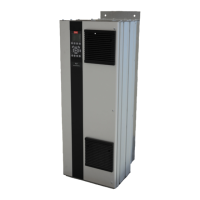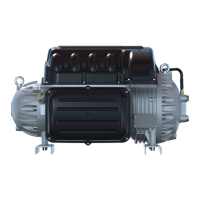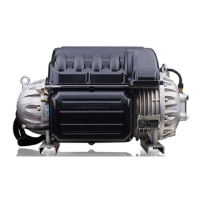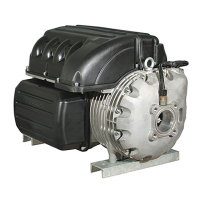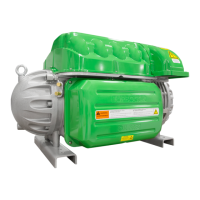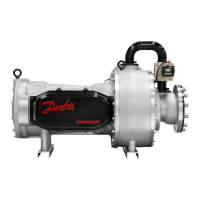Acronym/Term Definition
Motor Back EMF Back electromotive force is a voltage that occurs in electric motors where there is relative
motion between the armature of the motor and the external magnetic field and is also a
parameter used to evaluate the strength of the permanent magnets of the shaft. One
practical application is to use this phenomenon to indirectly measure motor speed as
well as estimate position.
MSDS Material Safety Data Sheet.
NEC National Electric Code (www.necplus.org).
NEMA National Electrical Manufacturers Association.
Nm Newton meter. A unit of torque. 1 Nm = 0.738 pound-force foot (lbf/f ).
NTC Negative Temperature Coefficient. Refers to thermistor characteristic. Decrease in
temperature results in a rise in resistance (ohms).
ODF Outside Diameter Flare.
OEM Original Equipment Manufacturer.
PCB Printed Circuit Board.
PLC Programmable Logic Controller.
Pressure Ratio See “Compression Ratio”.
PE Protective Earth.
PSIG Pounds per square in gauge.
PWM Pulse Width Modulation.
Radial Bearing Bearings that control the position of the shaft on the X and Y axis.
Rectifier A rectifier is an electrical device that converts AC current to pulsating DC current.
Resistor A resistor is an electrical component that limits or regulates the flow of electrical current
in an electronic circuit.
RPM Revolutions per minute.
SCR Silicon-Controlled Rectifier. The SCR is a four-layer, solid-state device that controls current
and converts AC to DC.
Serial Driver A PCB plug-in responsible for the operation of the IGV stepper motor and optional
Page 16 of 136 - M-AP-001-EN Rev. S 9/8/2021
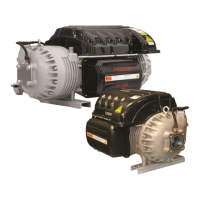
